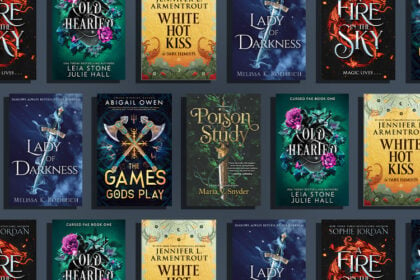In today’s world of smartphones and perpetual connectivity, digital clutter is the modern chaos we didn’t anticipate. Yet, Gen Z, the first true digital natives, are leading the charge against this overwhelming digital mess. But what strategies are they employing, and what can we learn from their battle against the deluge of notifications and data overload?
Digital Clutter: The New Age Mess
Gone are the days when a messy room was the main concern. Now, the disorder has migrated to our devices, manifesting as digital clutter. This term encapsulates the overwhelming amount of data, apps, and notifications that inundate our digital lives, filling up phone storage and leaving email inboxes with thousands of unread messages. But why should we care?
The Mental Toll of Digital Overload
Digital clutter is more than just a nuisance; it has tangible effects on our mental health. The constant barrage of notifications and information can lead to anxiety and stress. A study highlighted by Forbes emphasizes how digital burnout is increasingly common, particularly among young people immersed in the online world for significant portions of their day.
How Gen Z is Decluttering

Having grown up with technology, Gen Z is uniquely positioned to tackle digital clutter. Their approach is both innovative and practical:
1. App Cleanse: Less is More
Embracing minimalism, Gen Z declutters their devices by regularly auditing apps, retaining only those that are essential. This practice not only frees up storage space but also minimizes distractions.
2. Digital Detox: Unplug to Recharge
Digital detoxes are becoming a popular trend, with many young people scheduling screen-free time to recharge mentally. One viral TikTok video showed a Gen Z influencer spending a weekend without digital devices, prompting others to follow suit. 📵
3. Inbox Zero: Conquering the Email Beast
For many in Gen Z, achieving Inbox Zero is a tangible goal. They employ various tools and techniques to efficiently manage emails, keeping inboxes organized and clutter-free.
4. Social Media Curation: Quality Over Quantity
Selective about their social media presence, Gen Z follows only accounts that add value to their lives, unfollowing those that don’t. This intentional curation reduces digital noise and promotes a healthier online experience.
Social Reactions: Gen Z’s Battle with Digital Clutter
On Reddit, one user expressed newfound freedom after deleting all non-essential apps: “Feels like a weight lifted off my shoulders! 📱✨”
TikTok is buzzing with #DigitalDetox challenges, as influencers encourage followers to join the movement. One user noted, “A weekend without my phone, and I feel recharged! 🌿”
On X (formerly Twitter), a popular tweet states: “Unsubscribed from 50 newsletters today. Less clutter, more peace! #DigitalDeclutter 💌”
Tips to Declutter Your Digital Life
Inspired by Gen Z’s approach? Here are some tips to help you declutter:
- Audit Your Apps: Review your apps and delete those you haven’t used in the past month.
- Manage Notifications: Tailor your notification settings to receive alerts only from essential apps.
- Organize Files: Regularly tidy up your digital files and folders, using cloud storage for important data.
- Unsubscribe: Consistently unsubscribe from unwanted newsletters and promotional emails.
Conclusion: Embracing a Digital Minimalist Lifestyle
In a world where information overload is constant, managing digital clutter is crucial. Gen Z is setting the trend with their minimalist strategies, proving that less is indeed more. By adopting their methods, we can all aspire to a more organized and stress-free digital life.
FAQ
Q: What is digital clutter?
A: Digital clutter refers to the overwhelming amount of data, apps, and notifications that fill our digital lives, leading to stress and inefficiency.
Q: How can I start a digital detox?
A: Begin by designating specific times to unplug from all digital devices. Use this time for offline activities like reading, exercising, or spending quality moments with loved ones.
Q: What is Inbox Zero?
A: Inbox Zero is a goal aimed at keeping your email inbox empty or nearly empty, reducing stress and enhancing productivity.









